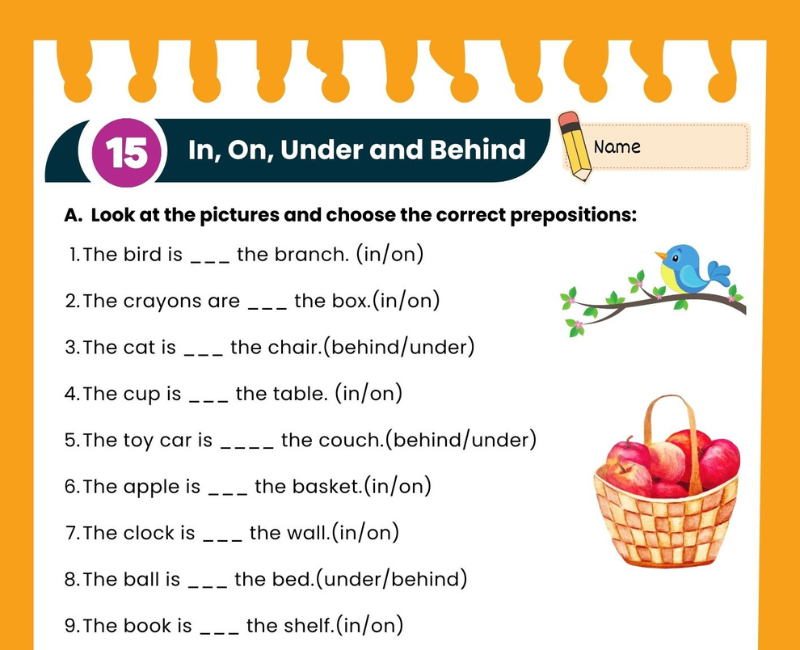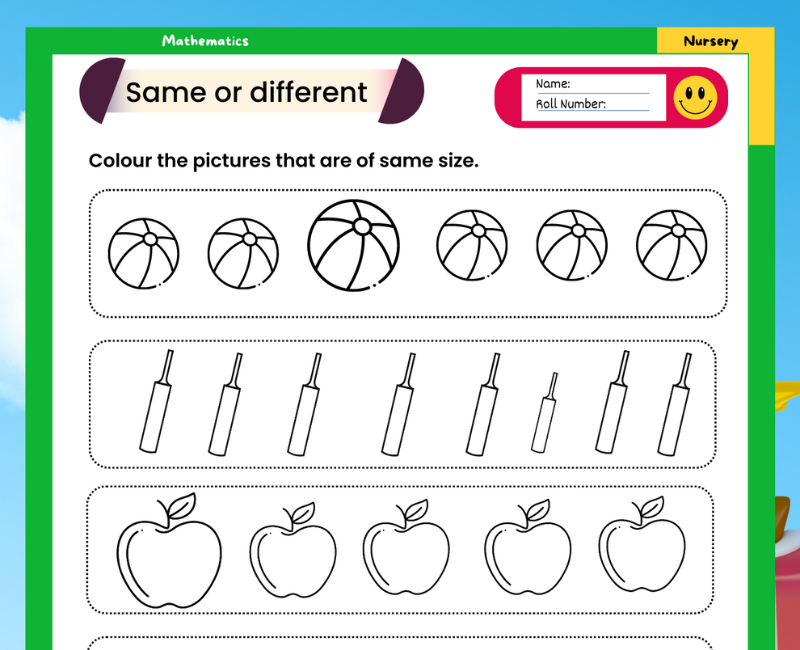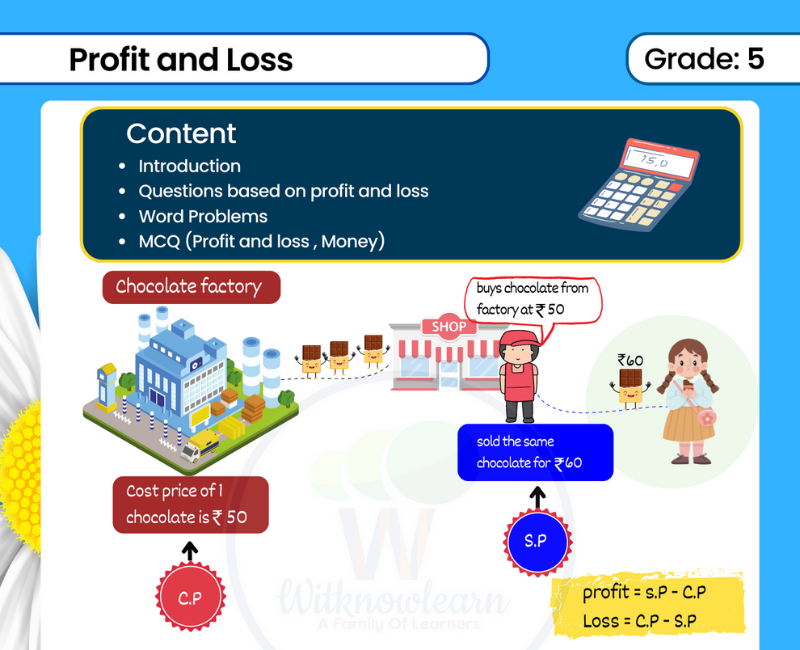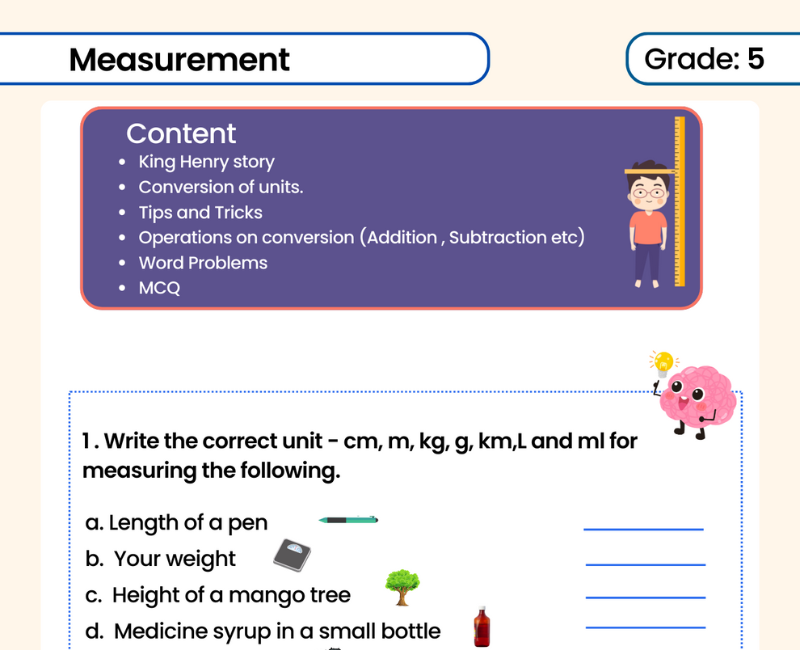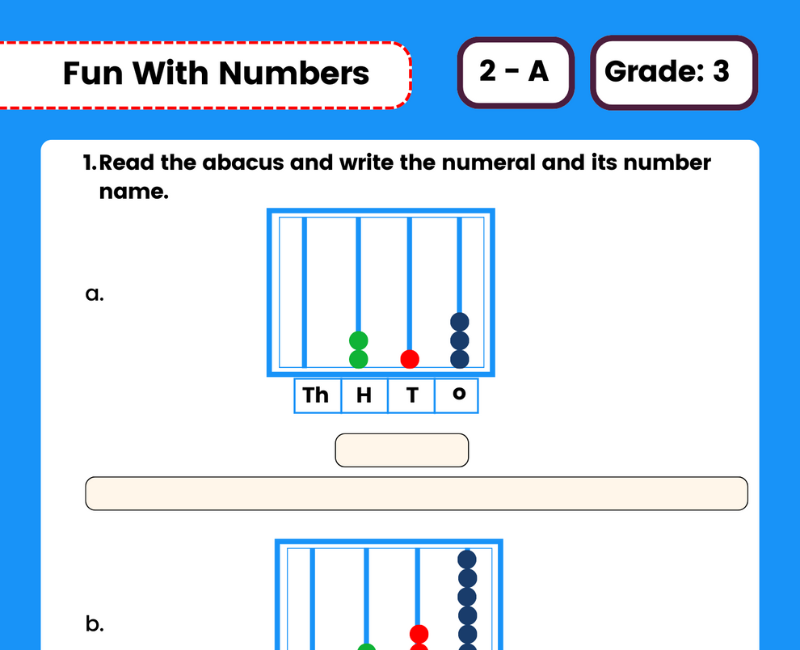Engaging Preposition worksheet - In, On, Under, Behind Worksheet for Class 2
Unlock the fun and reward of learning prepositions with this fun worksheet for Class 2
Preposition Matching Activity.
This fun worksheet allows students to match pictures with prepositions in, on, under and behind. Students work independently or in groups and will identify the correct prepositions by completing the statements correctly. Once the matching is complete, they can be asked to explain their choices. After they have completed the task they will have a better understanding of how to use these important language tools
Picture Word Search with In, On, Under and Behind Words.
An "In, On, Under, and Behind" worksheet is a great way for children to practice and learn prepositions in a fun and interactive way. This worksheet typically consists of pictures or scenarios that require students to identify the correct preposition of place to describe the location of an object or person in relation to another object.
Using this worksheet can help children build their vocabulary, improve their spatial awareness, and develop their reading comprehension skills. Additionally, it can be an excellent resource for teachers and parents to assess their children's understanding of prepositions.
In on under behind worksheet activities are designed to help students practice using various prepositions of place, enhancing their understanding of how these words function within a sentence. Prepositions worksheet resources, along with preposition worksheet exercises, offer targeted practice for learners to develop their skills in using prepositions accurately and confidently.
Worksheet preposition and worksheet prepositions activities often include a range of prepositions exercises, such as fill-in-the-blank tasks, sentence rewriting, and matching exercises. To preposition exercises, which focus on the use of the preposition "to," help learners understand how to use this common preposition to show direction, destination, or purpose.
Prepositions with words activities explore the use of prepositions in combination with other words, demonstrating the importance of correct preposition usage for clear and accurate communication. Use of with preposition exercises emphasize the proper application of the preposition "with" to indicate relationships between different elements within a sentence.
Preposition worksheet answers, prepositions worksheets with answers, prepositions worksheet answers, and preposition worksheet with answers resources provide students with answer keys, enabling them to check their work and assess their understanding of prepositions. Preposition exercises with answers offer self-assessment opportunities for learners to gauge their progress and identify areas for improvement.
A preposition worksheet for class 2, as well as prepositions worksheet for class 2, is specifically designed for second-grade students. These age-appropriate activities help young learners build a strong foundation in grammar by focusing on prepositions and their usage. Preposition worksheet for class 2 with answers offers additional support for students, allowing them to check their work and monitor their progress.
Prepositions worksheet with pictures and preposition worksheet with pictures activities use visual aids to help students understand the relationship between prepositions and the words they modify. These resources are particularly helpful for young learners or those who benefit from visual learning strategies. Preposition worksheet class 2 and prepositions worksheet class 2 activities cater to the needs of second-grade students, providing targeted practice in using prepositions effectively.
Use of in on under worksheets and in on under worksheet with answers activities focus on these specific prepositions of place, helping students understand their functions and how to use them correctly. Prepositions worksheet for kindergarten resources offer age-appropriate activities for young learners, introducing them to basic prepositions in a fun and engaging manner.
Mixed prepositions exercises challenge students to use a variety of prepositions in their writing and speech, reinforcing their understanding of prepositions and their functions within a sentence. Prepositions worksheets with answers for class 2 provide second-grade students with answer keys, allowing them to assess their progress and identify areas for improvement. Preposition direction exercises help learners understand how to use prepositions to indicate direction or movement within a sentence.
In on under behind worksheets offer targeted practice in using these specific prepositions of place, while preposition worksheet for class 2 pdf resources provide easily accessible, printable materials for second-grade students. Prepositions exercises in on at activities focus on these common prepositions, helping students understand their functions and how to use them accurately. Preposition exercise mcq, or multiple-choice question activities, offer an engaging way to test students' understanding of prepositions and their proper usage.
In conclusion, in on under behind worksheet resources and related prepositions activities play a crucial role in helping students develop a strong foundation in grammar and improve their overall language skills. By working with prepositions exercises, learners can gain a deeper understanding of how to use prepositions effectively in their writing and speech, enabling them to communicate more clearly and effectively.
FAQ's
Q: What are prepositions of place?
A: Prepositions of place are words that describe the location or position of an object or person in relation to another object. Examples include "in," "on," "under," "behind," "beside," "in front of," etc.
Q: Why is it important for children to learn prepositions of place?
A: Learning prepositions of place is important for children as it helps them develop their spatial awareness, vocabulary, and reading comprehension skills. It also allows them to communicate more effectively and accurately about the location of objects and people in their environment.
Q: How can parents and educators teach prepositions of place?
A: There are many ways parents and educators can teach prepositions of place. One effective method is through hands-on activities that involve moving objects or themselves around the classroom or home while using the prepositions to describe their location. Worksheets, games, and books that focus on prepositions can also be helpful.
Q: What are some common mistakes children make when learning prepositions of place?
A: Children often make mistakes with prepositions of place when they confuse similar words, such as "in" and "on," or when they use the wrong preposition altogether. For example, a child might say "the book is behind the table" when they mean "under the table."
Q: How can parents and educators help children overcome common mistakes when learning prepositions of place?
A: Parents and educators can help children overcome common mistakes by providing plenty of opportunities for practice and by giving feedback that corrects any errors. They can also encourage children to use prepositions of place in their daily conversations and play activities.
